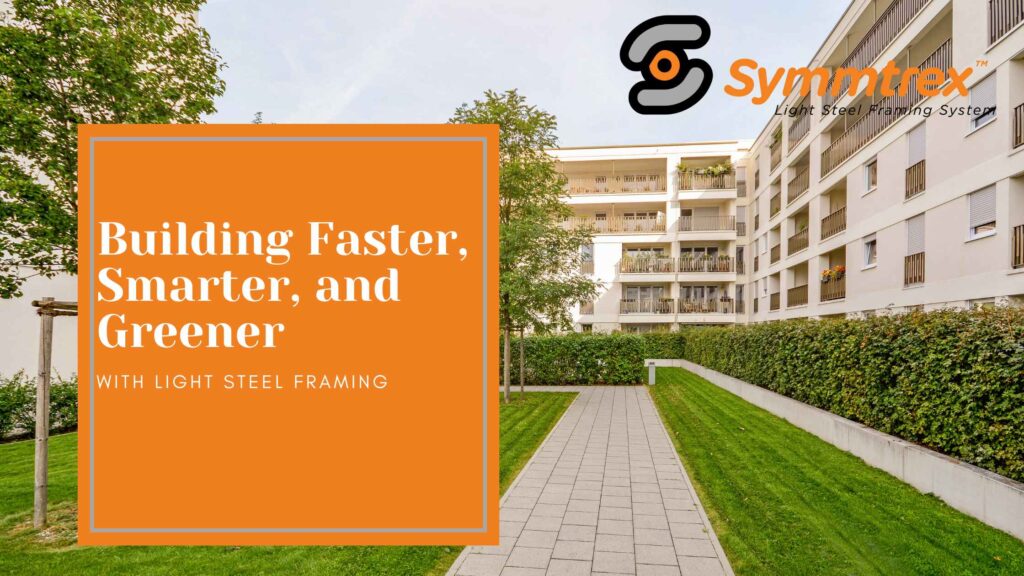
Light steel framing is quickly becoming a darling of the construction industry, renowned for its ability to combine speed, intelligence, and environmental consciousness in building practices. This innovative method is carving out its place as a pivotal approach in creating structures that stand the test of time while reducing ecological footprints.
Introduction: The Emergence of Light Steel Framing
In the quest for more sustainable building techniques, light steel framing stands out as an advanced solution. Known for its quick assembly, design efficiency, and eco-friendly attributes, light steel framing is leading the charge in the evolution of construction methodologies.
Advantages of Light Steel Framing
- Speed of Construction: Prefabricated elements significantly cut down on-site work and project duration.
- Design Versatility: Offers creative freedom to architects and engineers, allowing complex designs to come to life.
- Sustainability: Steel is fully recyclable and promotes responsible use of resources throughout the construction process.
Strategic Benefits of Light Steel Framing for Modern Construction
Boosting Construction Efficiency
Employing light steel framing in construction brings about a host of efficiencies:
- Reduced on-site labor and decreased human error thanks to pre-fabrication.
- Simplified logistics and transportation due to the lightweight nature of steel.
- Less dependence on weather conditions, which can often delay construction projects.
Enhanced Structural Performance
Mid-rise buildings particularly benefit from the structural integrity that light steel framing offers:
- High strength-to-weight ratio ensures stability without excessive bulk.
- Flexibility in design helps to withstand seismic forces and high winds.
- Streamlined integration with other building materials and systems.
Environmental Sustainability
Light steel framing is not only efficient and strong but also environmentally sound:
- Recycling: Steel framing components can be reused, thus minimizing waste.
- Energy Efficiency: Light steel construction facilitates better insulation and airtightness, leading to reduced energy consumption.
- Resource Conservation: Lightweight nature allows for smaller foundations, reducing the impact on the natural environment.
Conclusion: The Future Is Bright with Light Steel Framing
As we grapple with the dual challenges of rapid urbanization and environmental preservation, light steel framing presents itself as a beacon of hope. Its ability to deliver faster, smarter, and greener building solutions positions it as a cornerstone of modern construction. The future of building is not just about creating structures; it’s about nurturing ecosystems—and light steel framing is at the heart of this transformative vision.

